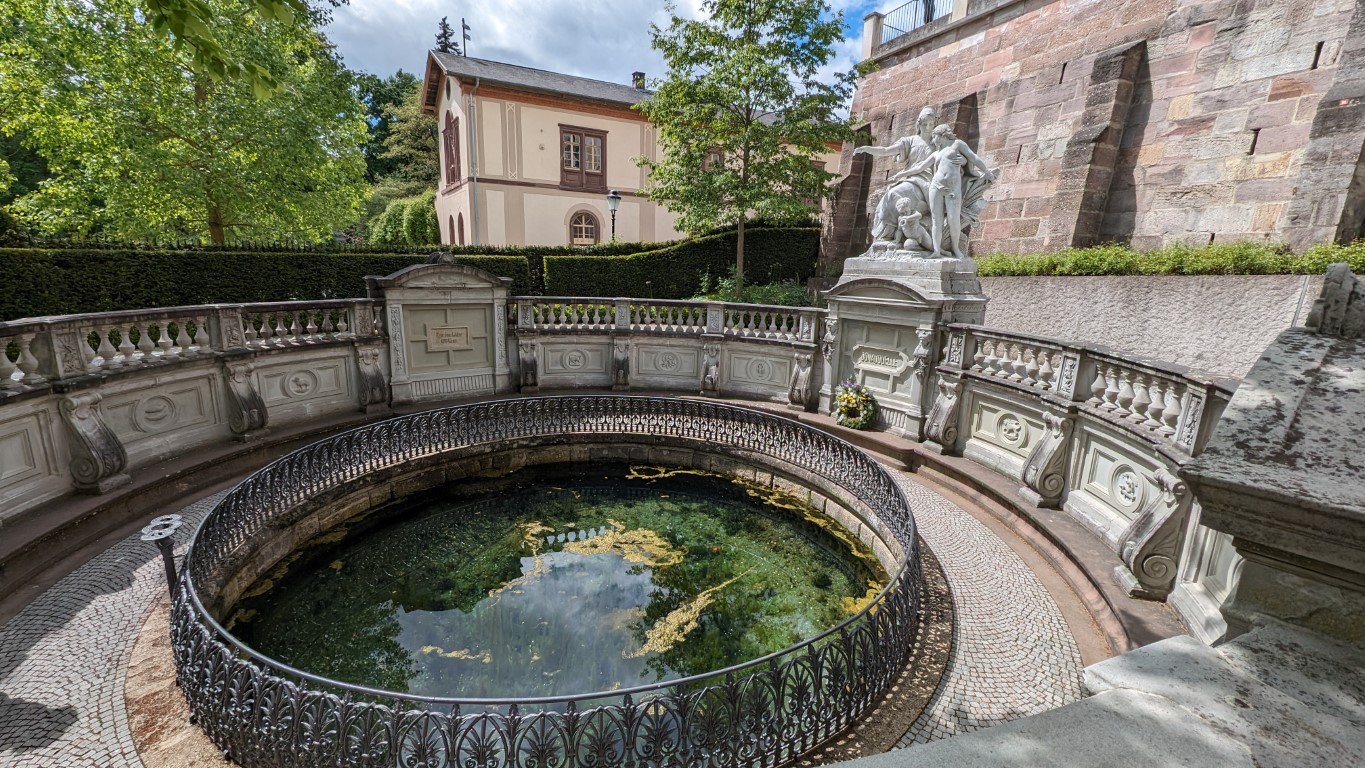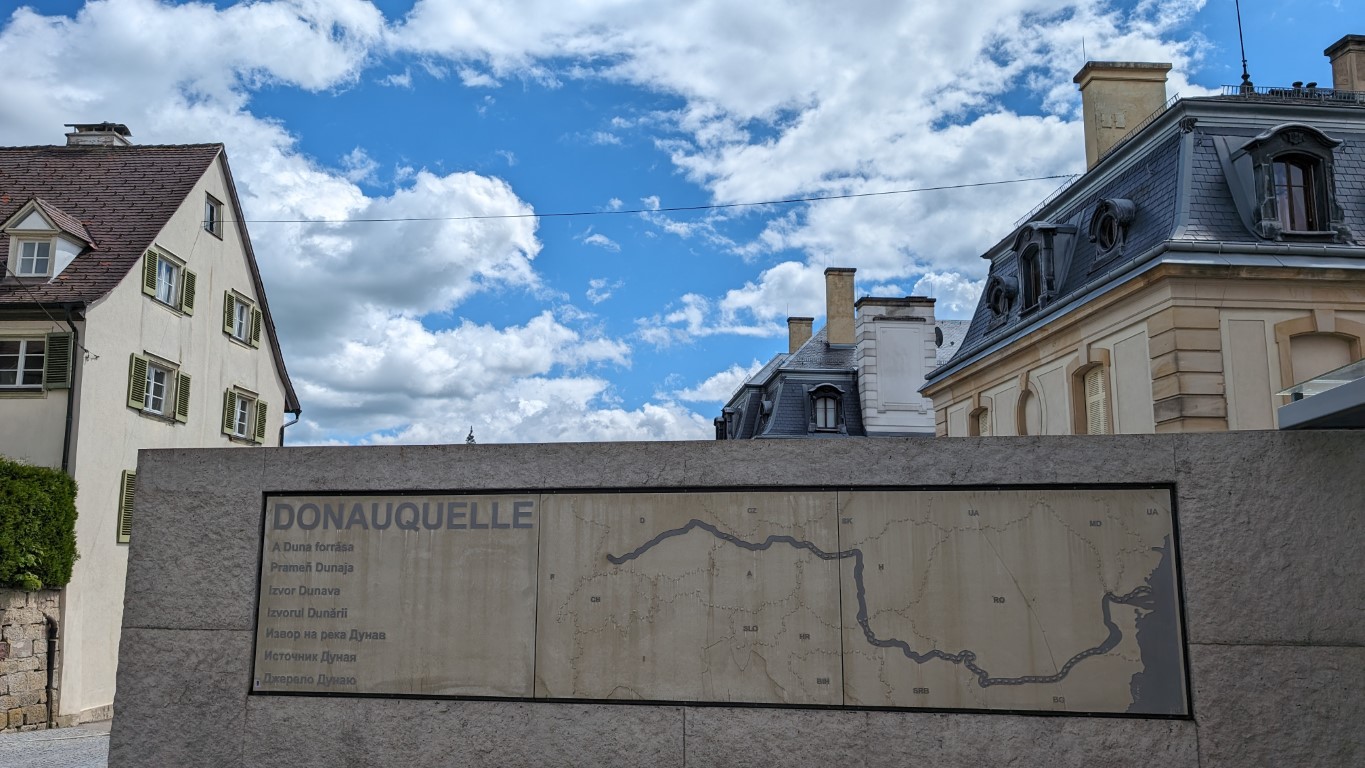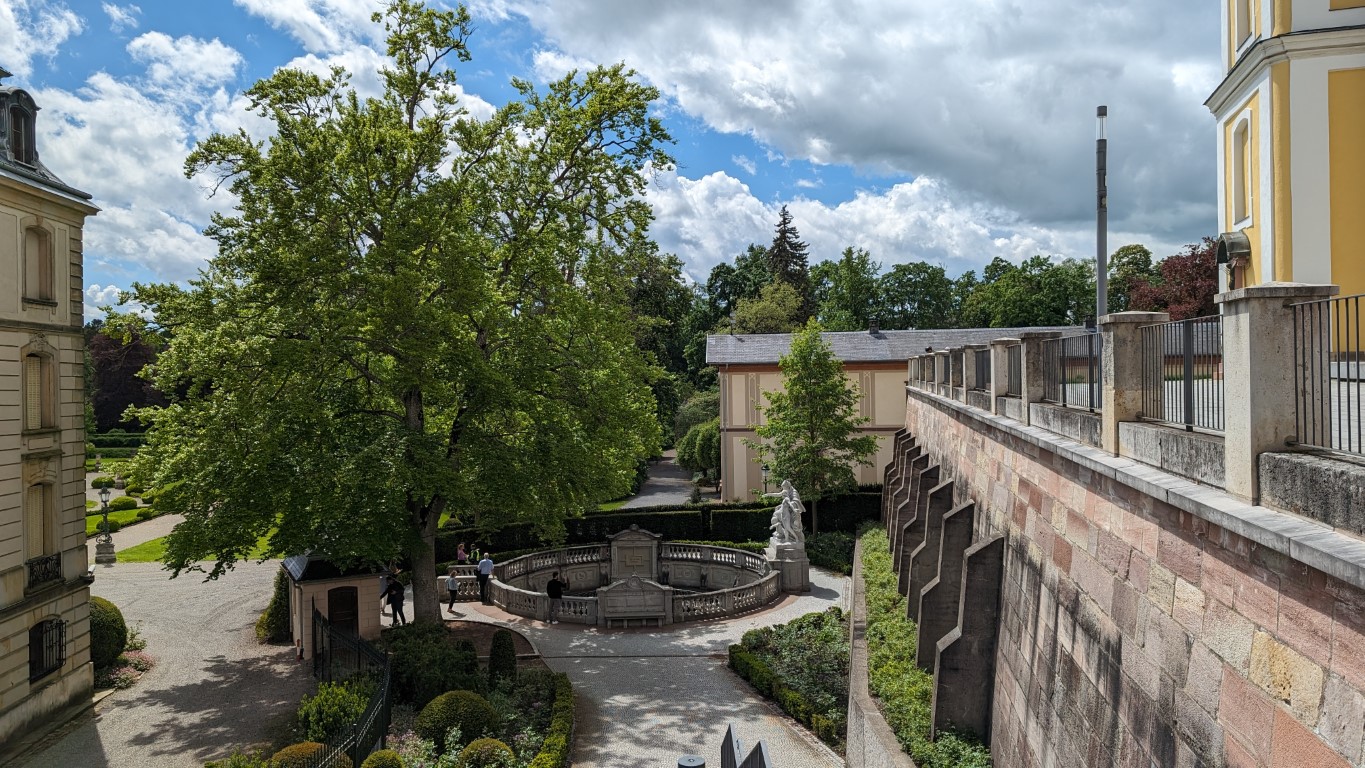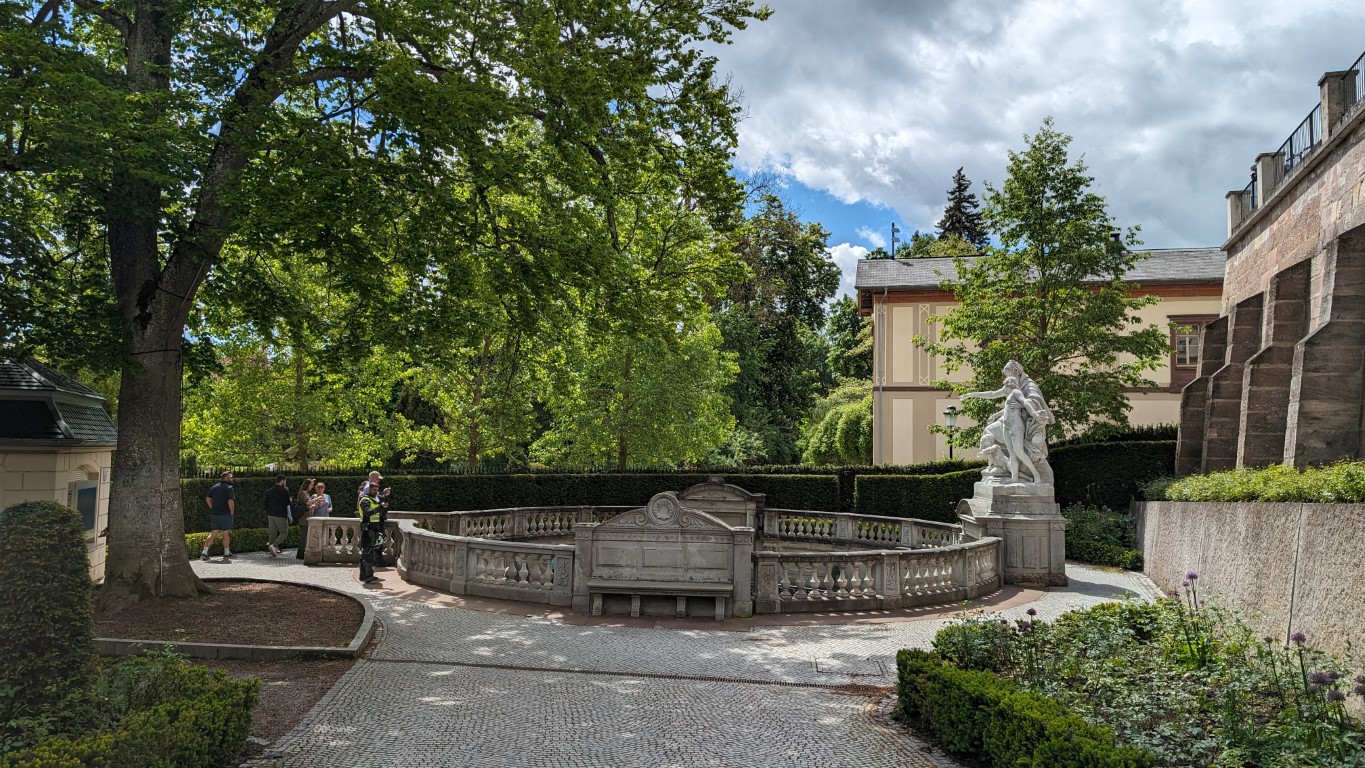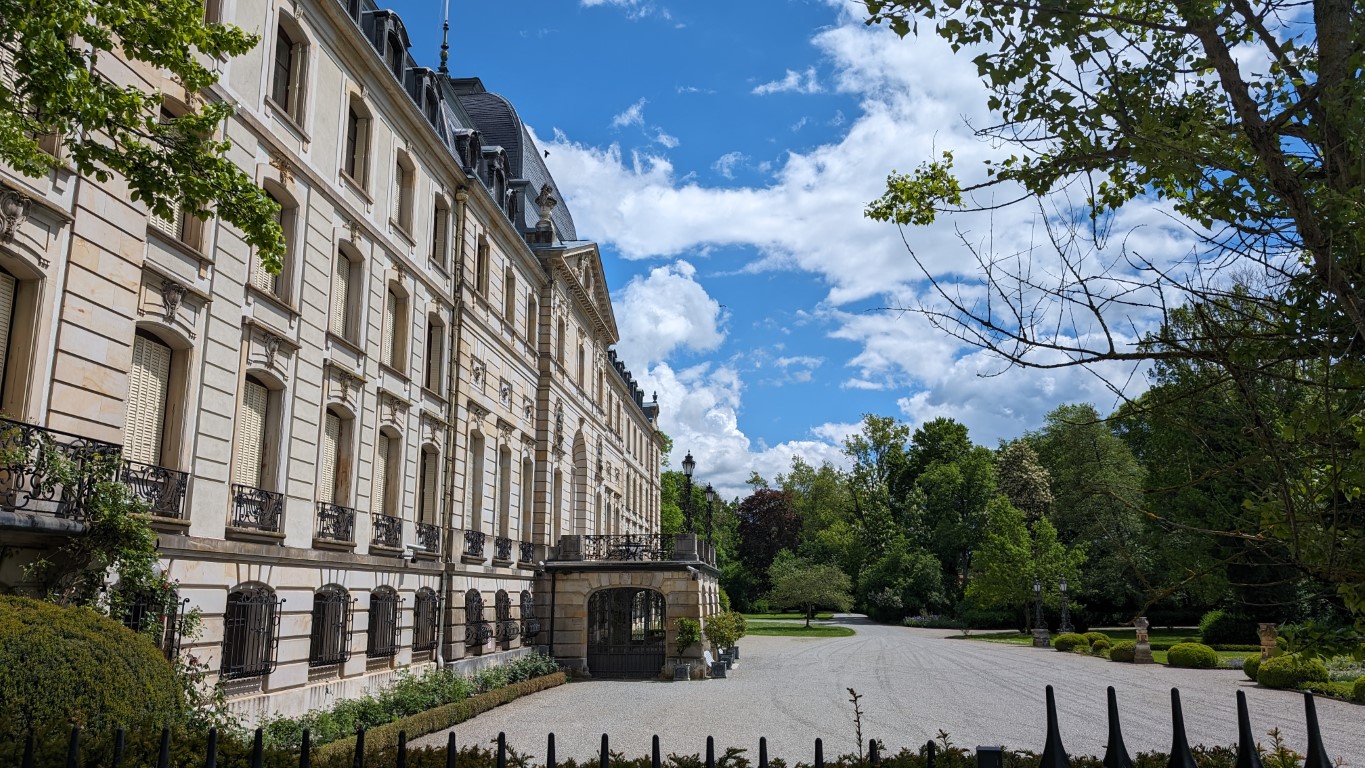It is generally believed that the majestic Danube originates east of the charming center of Donaueschingen, where the two source rivers Brigach and Breg join. A poetic saying sums this up well: "Brigach and Breg bring the Danube to the surface." But the birth of the Danube is also claimed by at least two sources: symbolically by the source of the Donaubach in Donaueschingen and hydrologically by the mighty source of the larger source river Breg, hidden near the Martinskapelle near Furtwangen. Here, where the water bubbles up from the depths of the earth, the journey of the Danube begins, winding through numerous countries and connecting cultures.
The waters of the rivers spring from a labyrinth of spring channels that gradually merge. Along these picturesque river systems, the main branch emerges, which is formed by the union of increasingly powerful rivers and thus marks the source of the entire river. These main branches are defined not only by their length, their catchment area or their constant flow direction, but also by their mythological significance, which has always been linked to particular springs.
Special springs, whether due to their imposing size or their position at the head of important river systems, often carried a mythological air, manifested in spring sanctuaries and the worship of nymphs. Even the source of the mighty river of the Roman Empire, which according to Tacitus arose from the rolling hills of the Abnoba Mountains, was guarded by the goddess of the mountain forest Abnoba, who was worshipped as both a spring and a river deity.
Despite their mythological significance, the hydrological role of the Danube's sources is unusually small. Above and below Tuttlingen, the Danube loses a considerable amount of its water to the Rhine system, which means that it often dries up there. Near Ulm, from a hydrological point of view, it becomes a tributary of the much more water-rich Iller, and in Passau it is even surpassed by the Inn. Despite its majestic beginnings, the Danube remains a fascinating but also idiosyncratic body of water that follows its own rules.
The Swabian at the source of the Danube
The castle fountain in Donaueschingen is set in a magnificent stone basin and is considered to be the source of the Danube. In 1813, someone had the unusual idea of stopping the Danube at its source for a quarter of an hour. He sat down next to the spout and held his hand in front of it. When someone else asked him what he was doing, the Swabian replied calmly: "I want to give the Viennese a little surprise: I bet they will be amazed if the water suddenly stops flowing for a whole quarter of an hour!"
Access
There are parking spaces at the source of the Danube in Donaueschingen.


